2016 will be the year of VR. Here’s how it will change everything from medicine to the military.
Year: 2015 – Page 26
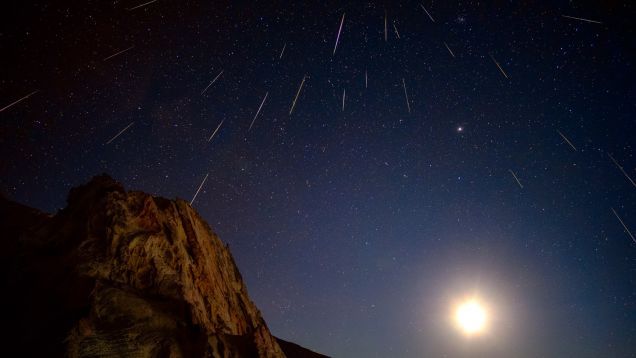
The Biggest Meteor Shower of the Year Is This Weekend and Here’s How to Watch
This weekend’s Geminids are going to be the biggest meteor shower of this year, and you absolutely should not miss it. Here’s when, where, and how to watch the Geminid meteor shower—and what you should be looking for when you do.
The Geminids are a mid-December (this year peaking on Sunday, December 13th) meteor shower formed by the debris of comet 3200 Phaeton burning up in our atmosphere. Phaeton is unusual in that it was only recently recognized as a comet at all. For many years, astronomers believed that Phaethon was really a large asteroid, due to its total lack of ice. Eventually, researchers figured out that Phaethon’s lack of ice was simply due to how close its path was to the sun, and they reclassified it as an extinct comet or a “rock comet.” That extinct comet is responsible for the Geminids you’ll see this weekend.

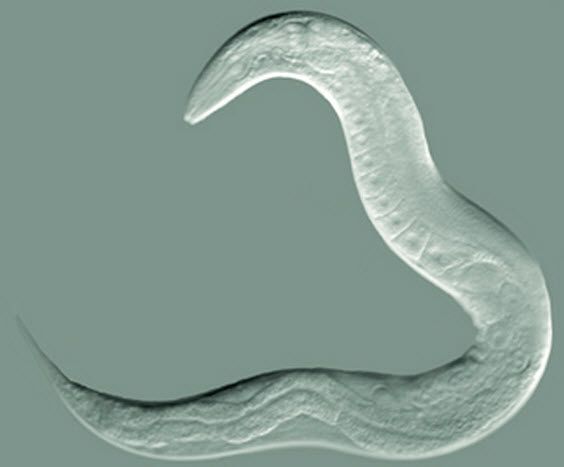
Worm research in life extension leads scientists to discover new metric to track aging
C. elegans roundworm (credit: The Goldstein Lab)
When researchers at The Scripps Research Institute (TSRI) in California administered an antidepressant called mianserin to the Caenorhabditis elegans roundworm in 2007, they discovered the drug increased the lifespan of the “young adulthood” of roundworms by 30–40 per cent.
So, does that mean it will work in humans? Not necessarily. “There are millions of years of evolution between worms and humans,” says TSRI researcher Michael Petrascheck. “We may have done this in worms, but we don’t want people to get the impression they can take the drug we used in our study to extend their own teens or early twenties.”

FaceDirector software generates desired performances in post-production, avoiding reshoots
Some film directors are famous for demanding that scenes be shot and re-shot repeatedly until actors express just the right emotion at the right time, but directors will be able to fine-tune performances in post-production, rather than on the film set, with a new system developed by Disney Research and the University of Surrey.
Called FaceDirector, the system enables a director to seamlessly blend facial images from a couple of video takes to achieve the desired effect.
“It’s not unheard of for a director to re-shoot a crucial scene dozens of times, even 100 or more times, until satisfied,” said Markus Gross, vice president of research at Disney Research. “That not only takes a lot of time — it also can be quite expensive. Now our research team has shown that a director can exert control over an actor’s performance after the shoot with just a few takes, saving both time and money.”

Scientists have developed an algorithm that learns as fast as humans
Machine learning is a bit of a buzz term that describes the way artificial intelligence (AI) can begin to make sense of the world around it by being exposed to massive amount amounts of data.
But a new algorithm developed by researchers in the US has dramatically cut down the amount of learning time required for AI to teach itself new things, with a machine capable of recognising and drawing visual symbols that are largely indistinguishable from those drawn by people.
The research highlights how, for all our imperfections, people are actually pretty good at learning things. Whether we’re learning a written character, how to operate a tool, or how to perform a dance move, humans only need a few examples before we can replicate what we’ve been shown.
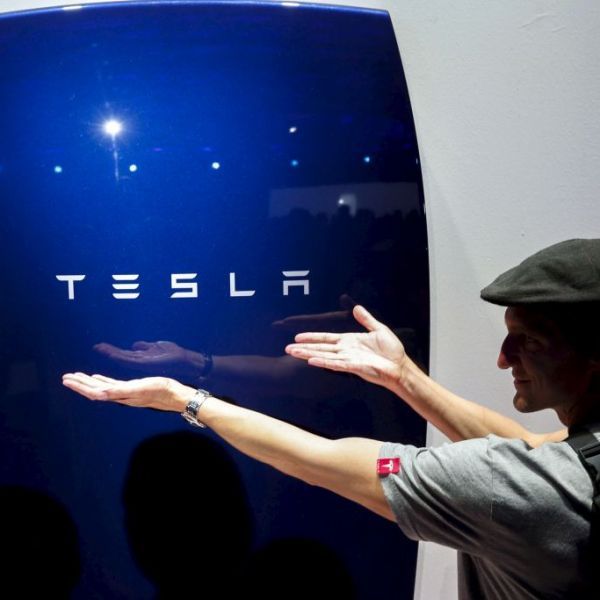
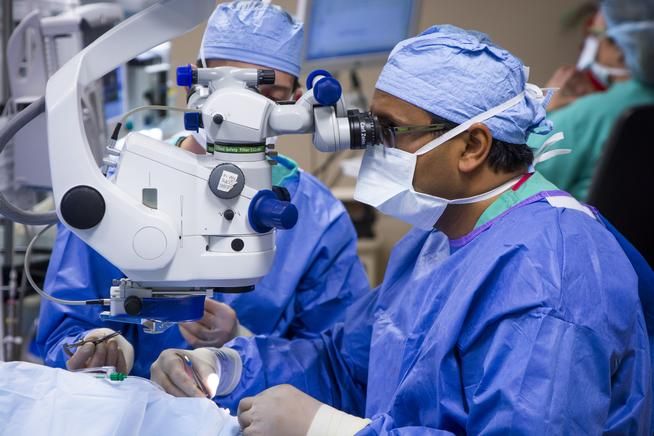
Here’s what the world will be like in 2045, according to DARPA’s top scientists
Launched in 1958, the Defense Advanced Research Projects Agency is behind some of the biggest innovations in the military — many of which have crossed over to the civilian technology market. These include things like advanced robotics, global positioning systems, and the Internet.
So what’s going to happen in 2045?
It’s pretty likely that robots and artificial technology are going to transform a bunch of industries, drone aircraft will continue their leap from the military to the civilian market, and self-driving cars will make your commute a lot more bearable.
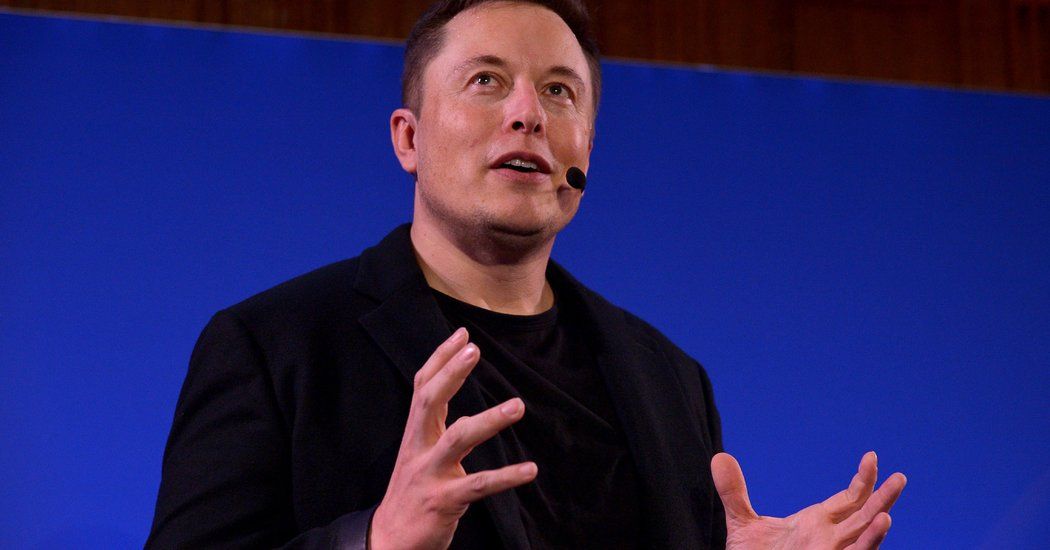
Artificial-Intelligence Research Center Is Founded
Its long-range goal will be to create an “artificial general intelligence,” a machine capable of performing any intellectual task that a human being can, according to Mr. Musk. He also stressed that the focus was on building technologies that augment rather than replace humans.
The investors — including Elon Musk, Peter Thiel and Reid Hoffman — said they planned to commit $1 billion to the project long term, but would initially spend only a small fraction of that amount in the first few years of the project. But, Mr. Musk said, “Everyone who is listed as a contributor has made a substantial commitment and this should be viewed as at least a billion-dollar project.”
The organization, to be named OpenAI, will be established as a nonprofit, and will be based in San Francisco.